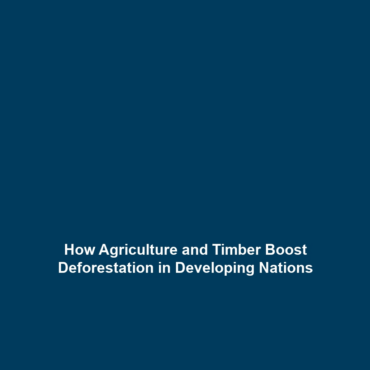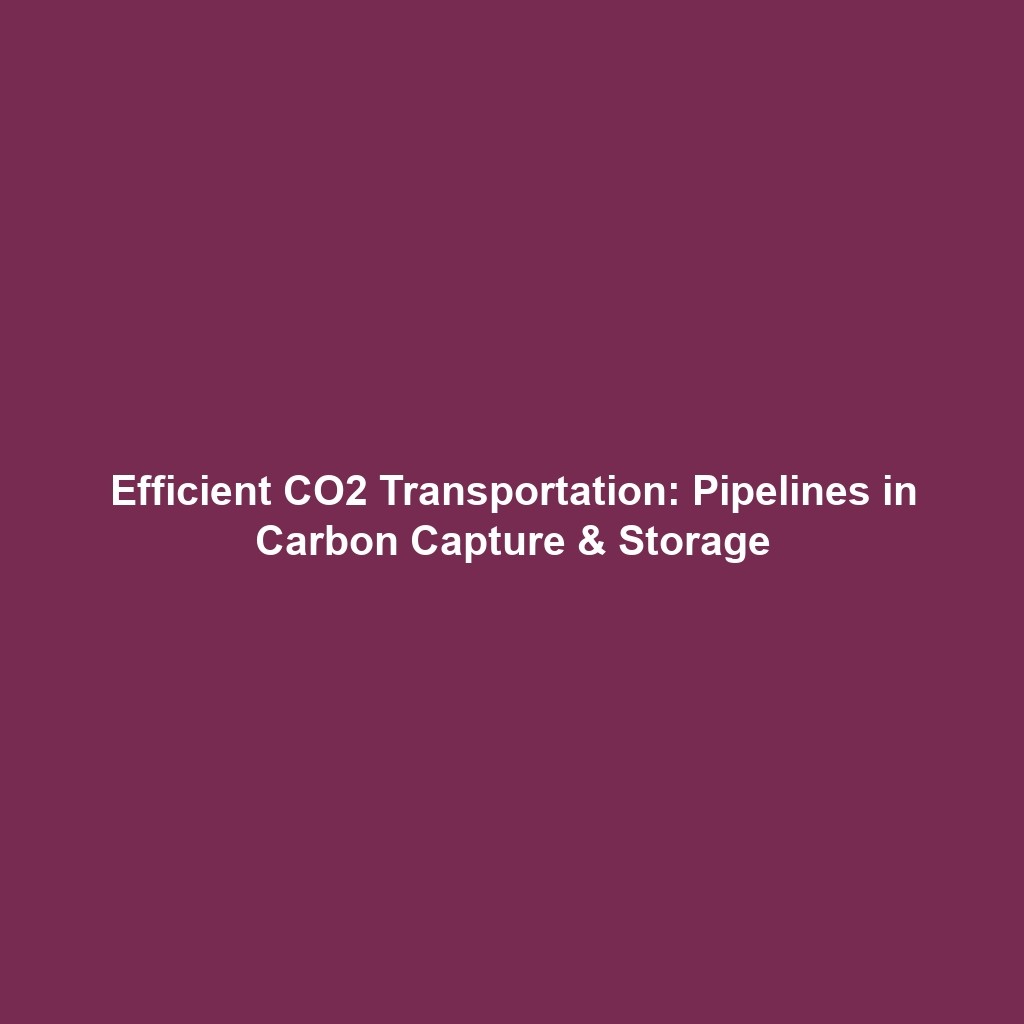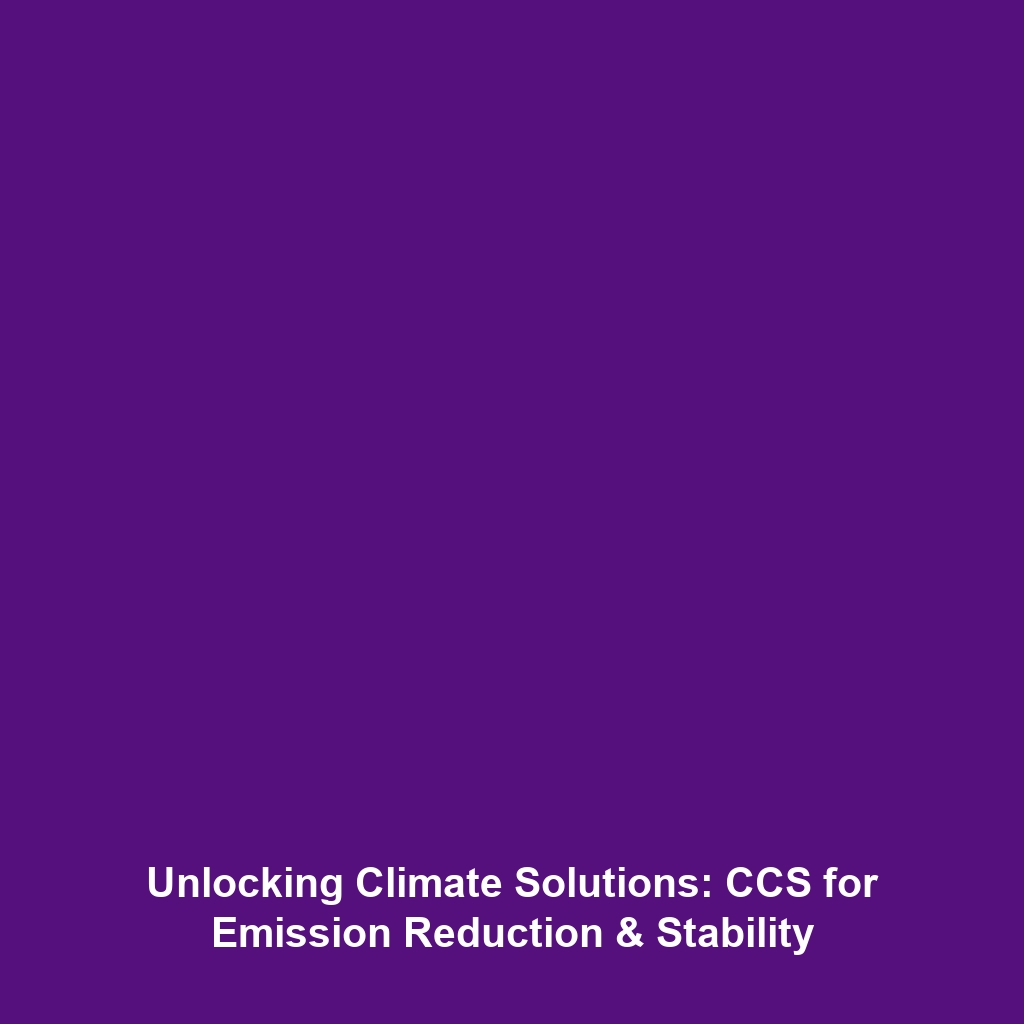Tokamak Energy: Advancing the Future of Fusion Energy
Introduction
Tokamak Energy is a U.K.-based company pioneering the development of spherical tokamak reactors that are more compact and could potentially be more efficient than traditional fusion energy methods. As the world grapples with the challenges of climate change and the demand for sustainable energy sources, Tokamak Energy is at the forefront of innovative solutions that could revolutionize fusion energy. This research is not only significant for the U.K. but holds global implications, as advancements in fusion technology could provide a clean, abundant source of power for future generations.
Key Concepts of Tokamak Energy
The primary principle of Tokamak Energy’s approach is the spherical tokamak design. This technology aims to confine plasma—an essential state of matter for fusion—in a way that is more efficient than traditional tokamak reactors. Key concepts include:
- Plasma Confinement: Utilizing magnetic fields to contain high-temperature plasma to achieve the conditions necessary for fusion.
- Compact Reactor Design: The spherical shape of Tokamak Energy’s reactors enhances stability and reduces the physical footprint compared to conventional tokamaks.
- Energy Efficiency: Aiming for higher energy output relative to input, advancing toward net-positive energy production.
Applications and Real-World Uses
Understanding how Tokamak Energy operates within the realm of fusion energy reveals several potential applications:
- Commercial Energy Production: If successful, spherical tokamak reactors could revolutionize how electricity is generated, providing a steady and sustainable energy source.
- Research and Development: Ongoing experiments could lead to advancements in materials science, plasma physics, and engineering.
- Global Energy Security: By producing fusion energy, countries could reduce their reliance on fossil fuels, enhancing energy independence.
Current Challenges
Despite the promise of Tokamak Energy’s innovations, several challenges remain in the pursuit of practical fusion energy:
- Technological Limitations: Current technologies still struggle to maintain the necessary conditions for sustained fusion.
- Funding and Investment: Securing adequate funding for research and development remains a hurdle for emerging companies in the sector.
- Public Perception: Misunderstandings about nuclear fusion can create resistance against new technologies.
Future Research and Innovations
Looking ahead, Tokamak Energy is focusing on several innovative areas:
- Next-Generation Materials: Research into materials that can withstand extreme environmental conditions in fusion reactors.
- Enhanced Plasma Control: Developing advanced techniques for better plasma stabilization and confinement.
- Collaborative Ventures: Partnering with research institutions worldwide to accelerate fusion technology development.
Conclusion
Tokamak Energy stands at the intersection of technology and sustainable energy with its pioneering work on spherical tokamak reactors. The potential for these compact reactors to transform the landscape of fusion energy is immense, promising a future where clean and limitless energy is a reality. To stay updated on advancements in this field, explore more on our related articles on fusion energy and join the conversation on how we can collectively contribute to a sustainable future.






